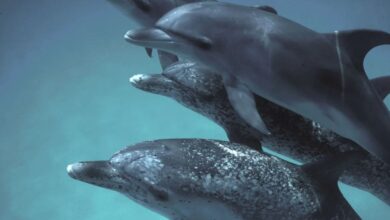NASA Artemis I Moon mission wet dress rehearsal underway: watch it live

At around 2.30 AM today (), the launch team checked into their stations at the Launch Control Center at NASA’s Kennedy Space Center in Florida to begin the wet dress rehearsal test for NASA’s Artemis I mission. The team began the countdown about 30 minutes later or at 3 AM; 45 hours and 10 minutes before target T-0 at 12.10 AM on Tuesday, June 21.
The teams will be powering up the Orion spacecraft and the Space Launch System (SLS) core stage and preparing the rocket’s four RS-35 engines, which will not be lit during the test. But these are subject to weather constraints which stipulate that there must be less than 20 per cent chance of lightning within 5 nautical miles of the pad during the first hour of tanking. Also, winds must not be above 37.5 knots and the temperature cannot be below 5 degrees celsius.
NASA will be streaming live video of the rocket and spacecraft from Launch Pad 39B which you can view below. The space agency will also provide live commentary when tanking operations begin on June 20. Do note that there will probably be no activity visible at the launch pad during the majority of the lockdown. But some venting may be visible during propellant loading.
In April this year, NASA had rehoused the SLS and Orion spacecraft after three failed attempts at completing the wet dress rehearsal. It was rolled off Launchpad 39B and returned to the cavernous Vehicle Assembly Building (VAB). Once completed and successfully tested, the SLS would be the most powerful rocket ever built. Designed to launch all of NASA’s Artemis missions that plan to put man back on the moon, it was initially scheduled for a launch in June. But this had to be pushed back since it hasn’t yet completed a full wet dress rehearsal.Best of Express PremiumPremiumPremiumPremiumPremium
The rehearsal involves a series of key trials designed to show that the SLS rocket, Orion spacecraft and their associated ground infrastructure are ready to go. NASA began the first attempt on April 1. It was supposed to wrap up 48 hours later after the loading of liquid hydrogen and liquid oxygen propellants into the rocket, and some simulated countdowns. But the team ran into some problems and finally had to stand down after multiple abortive attempts.
NASA later announced that all the faults found during the initial attempts at rehearsal were corrected and that there was no damage to the spacecraft and rocket due to the heavy thunderstorm that had hit when it was on the launchpad.






